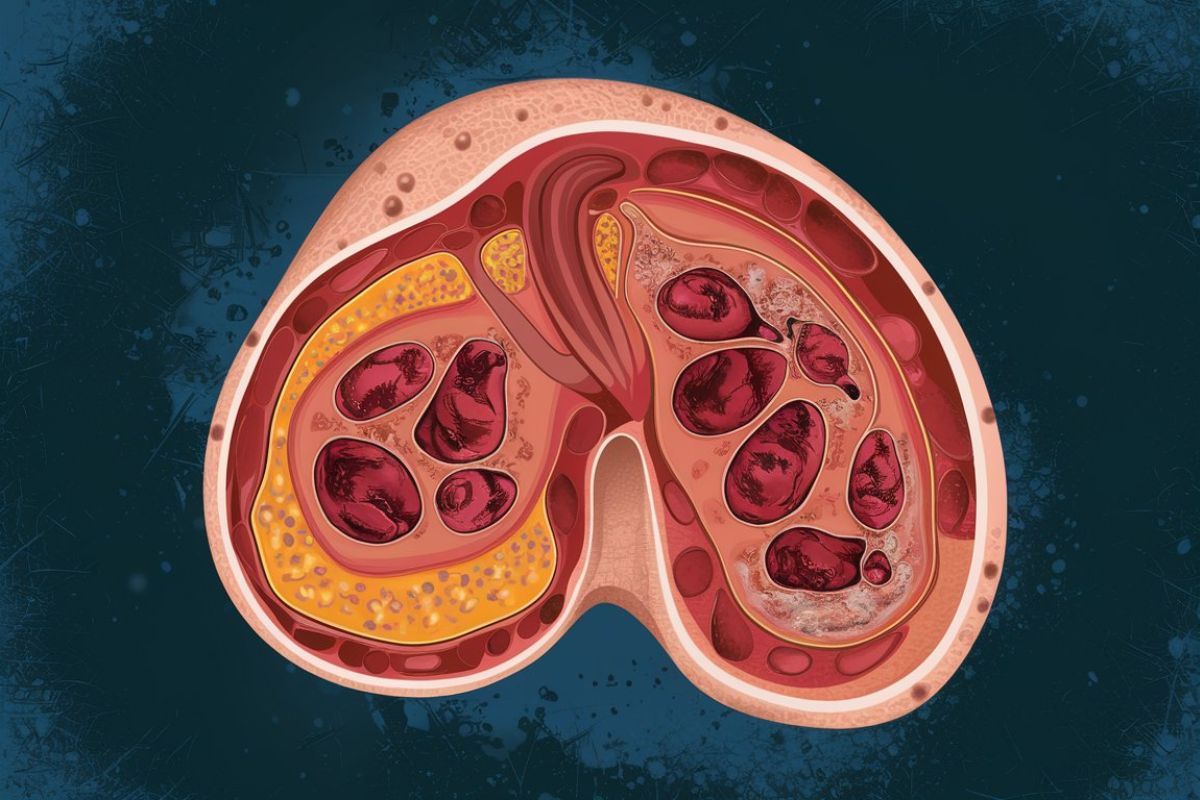
Egg Drop Syndrome (EDS) is a viral disease affecting poultry, particularly chickens and ducks. Caused by the adenovirus, this condition leads to a sudden drop in egg production and poor eggshell quality. Symptoms include soft-shelled or shell-less eggs, decreased egg production, and sometimes respiratory issues. Transmission occurs through contaminated equipment, water, and even wild birds. Prevention involves strict biosecurity measures, vaccination, and maintaining clean living conditions for the birds. Understanding EDS is crucial for poultry farmers to ensure the health and productivity of their flocks. In this post, we'll explore 20 essential facts about Egg Drop Syndrome to help you manage and prevent this disease effectively.
What is Egg Drop Syndrome?
Egg Drop Syndrome (EDS) is a viral disease affecting poultry, particularly chickens and ducks. It leads to a sudden drop in egg production and poor eggshell quality. Understanding EDS helps farmers manage and prevent outbreaks.
-
EDS is caused by a virus: The virus responsible for EDS is called Duck Adenovirus A. It primarily affects the reproductive system of birds.
-
First identified in the Netherlands: EDS was first reported in the Netherlands in 1976. It has since spread to various parts of the world.
-
Affects both chickens and ducks: While chickens are the primary victims, ducks can also contract the virus, though they often show milder symptoms.
Symptoms of Egg Drop Syndrome
Recognizing the symptoms early can help in managing the disease effectively. Here are some common signs to look out for:
-
Sudden drop in egg production: One of the most noticeable symptoms is a sudden and significant decrease in the number of eggs laid.
-
Poor eggshell quality: Eggs may have thin, soft, or misshapen shells, making them more prone to breakage.
-
Loss of pigment in eggshells: Eggs may appear paler than usual due to a loss of pigment.
-
Watery egg whites: The egg whites may become watery, affecting the overall quality of the eggs.
Transmission of Egg Drop Syndrome
Understanding how EDS spreads can help in taking preventive measures to protect poultry.
-
Spread through contaminated water: The virus can spread through contaminated water sources, making it essential to ensure clean drinking water for birds.
-
Vertical transmission: Infected hens can pass the virus to their offspring through their eggs.
-
Fomites: The virus can also spread through contaminated equipment, clothing, and vehicles.
Diagnosis and Treatment
Accurate diagnosis and timely treatment are crucial in managing EDS.
-
Laboratory tests: Diagnosis is usually confirmed through laboratory tests such as virus isolation and serology.
-
No specific treatment: There is no specific antiviral treatment for EDS. Management focuses on supportive care and prevention.
-
Vaccination: Vaccines are available and can help in preventing the disease. Vaccination is usually done before the onset of egg production.
Prevention and Control
Preventive measures can significantly reduce the risk of EDS outbreaks.
-
Biosecurity measures: Implementing strict biosecurity measures can help in preventing the introduction and spread of the virus.
-
Regular monitoring: Regular monitoring of egg production and quality can help in early detection of the disease.
-
Clean water supply: Ensuring a clean and uncontaminated water supply is crucial in preventing the spread of the virus.
Economic Impact of Egg Drop Syndrome
EDS can have a significant economic impact on poultry farms.
-
Loss of income: The sudden drop in egg production leads to a loss of income for farmers.
-
Increased costs: Farmers may incur additional costs for veterinary care, biosecurity measures, and vaccination.
-
Market impact: A decrease in egg supply can affect market prices and availability.
-
Long-term effects: Persistent outbreaks can lead to long-term economic challenges for poultry farms, affecting their sustainability.
Final Thoughts on Egg Drop Syndrome
Egg Drop Syndrome (EDS) affects poultry worldwide, causing significant economic losses. Understanding EDS helps in managing and preventing outbreaks. Key points include recognizing symptoms like soft-shelled or shell-less eggs, and implementing biosecurity measures to control the spread. Vaccination remains a crucial strategy in combating this disease.
Farmers should maintain clean environments and monitor flocks for any signs of illness. Early detection and response can mitigate the impact of EDS. Regular veterinary check-ups ensure the health of the birds and the safety of the eggs produced.
By staying informed and proactive, poultry farmers can protect their flocks from EDS and maintain productivity. Knowledge and vigilance are the best defenses against this challenging condition.
Was this page helpful?
Our commitment to delivering trustworthy and engaging content is at the heart of what we do. Each fact on our site is contributed by real users like you, bringing a wealth of diverse insights and information. To ensure the highest standards of accuracy and reliability, our dedicated editors meticulously review each submission. This process guarantees that the facts we share are not only fascinating but also credible. Trust in our commitment to quality and authenticity as you explore and learn with us.


